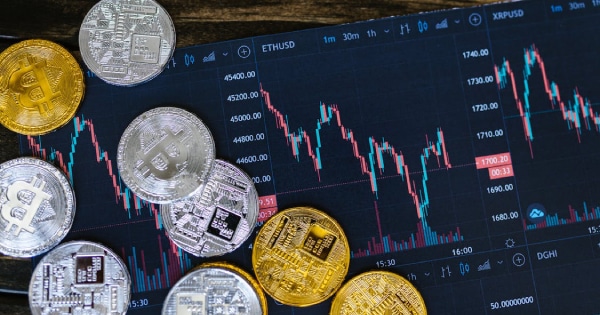During times of crisis, gold and silver often regain their popularity as a safe haven for investors. Both have been considered precious metals since ancient times. At the moment, gold’s price has increased and is hovering for extended periods above or just below the $2,000 per ounce price point, which was previously a ceiling for this precious metal.
Gold and silver both trade globally and are recognized as precious metals everywhere. These are not overtly abundant, but are not extremely rare either. The current spot price is available from the Internet in most places. Both have industrial, medical, scientific, and other uses. Both gold and silver are also commonly used as jewelry, in fine dining, even in church worship. Aside from aesthetics, both also have utility applications.
Silver is cheaper per ounce and has larger industrial applications whose demand may be affected more by a forecasted recession. Both are generally considered good stores of value but tend to underperform during good times. In small amounts these are also very portable and transactable almost anywhere.
Before President Richard Nixon took the US dollar off the gold standard in 1971, gold was the one that gave the dollar its value. When it was taken off, the US dollar then became a “fiat” (by decree) currency. For many decades we did not miss gold as the US dollar had taken its place, since the dollar had also become the petrodollar for pricing energy purchases, and most goods and services are currently priced in USD globally.
Gold and silver are not popular investments when times are good. Stocks outperform both during good times. However, you probably know that we are in uncertain times at the moment.
So let’s look at the alternatives.
Stocks and crypto, which are considered “risk-on” assets generally do better when there is excess liquidity in the system, as was the case when central banks held interest rates at or almost at zero percent. Now that a recession is being forecast, most stock Price to Earnings (P/E) ratios are expected to shrink, resulting in price drops for stocks.
Bitcoin is being called digital gold by its adherents. But it has only been in existence for a few years and is still untested. Majority of the world’s population still consider it a shiny new toy, but it does have potential. The reduction in liquidity also impacted the available money that could go into the crypto sector.
Bonds at the moment are good and bad. Good if you are buying the current short term US treasuries pegged at around 5% as of May 2023. Long term, it depends. If the rates go even higher, then you would be in the same position that holders of older lower yielding bonds face when a higher rate bond comes. Bonds are basically the government’s promise to pay you back. At the moment, most bond buyers still expect the US government to keep its word.
Unfortunately decades of US overspending on social programs, foreign wars, foreign aid, domestic programs that were not funded by enough taxes or an increase in GDP, and the COVID cash releases led to the current $32T on-balance sheet debt. In particular the massive growth of the US M2 money supply was mostly from the pandemic CARES Act that placed a lot of cash into the hands of citizens to keep them afloat. Unfortunately this was all new money that was created. All this excess liquidity led to bubbles in the stock and crypto markets.
The Fed was forced to implement a continuous set of interest rate hikes from 2022 to the present that totalled around 500 basis points by mid 2023, along with quantitative tightening which meant they would no longer purchase treasuries and securities, generally from the banks. This led to a tightening of credit which made business loans, mortgage and car loans more expensive.
What you should hold on now for your corporate treasury is cash and short term treasury paper. However even if the US escapes a debt ceiling default this June, the political situation will probably keep happening in the future unless something changes drastically. One way to avoid this is to also hold certain assets like commodities that have value outside of cash. These include assets your Company can sell that people will always need or want regardless of the financial economic situation happening around the world. That includes precious metals.
For gold and silver, you can buy it in several ways. You can purchase jewelry, or gold coins, or bullion bars. The risks here are you need to custody it yourself, and it won’t always be immediately sellable when you need it. Other alternatives include certificates of ownership of gold stored in a secure facility, and this includes certain types of crypto that are backed by precious metals.
So should your Company treasury hold gold and silver? Don’t think of it as a binary choice, where it should be an all or nothing decision. Think in terms of a diversified portfolio. The question you should be asking is, should you own a small percentage of gold and silver to hedge against certain scenarios that appear statistically possible?
The answer to that is yes. It would be a wise move to have a small portion of your investments in gold and silver. How much you need depends on you.
NOTE: This is not investment advice. It just gives some considerations for those who wish to buy gold at this time. Please do your own research.

